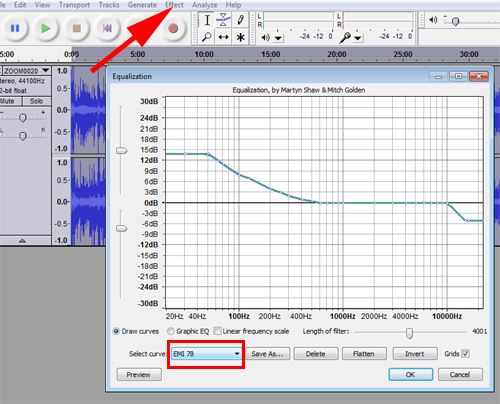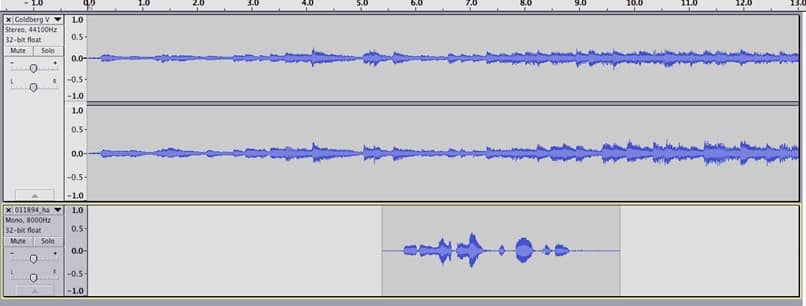

Audio amplifiers have long had filters or controls to modify their frequency response. Sound engineers correct the frequency response of a sound system so that the frequency balance of the music as heard through speakers better matches the original performance picked up by a microphone. Much later the concept was applied in audio engineering to adjust the frequency response in recording, reproduction, and live sound reinforcement systems. A plot of the system's net frequency response would be a flat line, as its response at any frequency would be equal to its response at any other frequency. Initially, equalization was used to "compensate for" (i.e., correct) the uneven frequency response of an electric system by applying a filter having the opposite response, thus restoring the fidelity of the transmission. The concept of equalization was first applied in correcting the frequency response of telephone lines using passive networks this was prior to the invention of electronic amplification. The resulting "flat" response fails, however, at 71 Hz where the original system had a null in its response which cannot be corrected. The very uneven spectrum of white noise played through imperfect speakers and modified by room acoustics (top) is equalized using a sophisticated filter using digital hardware (bottom). Equalizers are also used in music production to adjust the timbre of individual instruments and voices by adjusting their frequency content and to fit individual instruments within the overall frequency spectrum of the mix. Equalization may also be used to eliminate or reduce unwanted sounds (e.g., low-frequency hum coming from a guitar amplifier), make certain instruments or voices more (or less) prominent, enhance particular aspects of an instrument's tone, or combat feedback (howling) in a public address system. Since equalizers "adjust the amplitude of audio signals at particular frequencies" they are, "in other words, frequency-specific volume knobs." : 73Įqualizers are used in recording studios, radio studios and production control rooms, and live sound reinforcement and in instrument amplifiers, such as guitar amplifiers, to correct or adjust the response of microphones, instrument pick-ups, loudspeakers, and hall acoustics. Broadcast and recording studios use sophisticated equalizers capable of much more detailed adjustments, such as eliminating unwanted sounds or making certain instruments or voices more prominent. Graphic and parametric equalizers have much more flexibility in tailoring the frequency content of an audio signal. Most hi-fi equipment uses relatively simple filters to make bass and treble adjustments. The circuit or equipment used to achieve this is called an equalizer. This pedal is a parametric equalizer.Įqualization in sound recording and reproduction is the process of adjusting the volume of different frequency bands within an audio signal. Equalizers are also made in compact pedal-style effect units for use by electric guitarists. This entry was posted in Uncategorized and tagged release.
#EQUALIZATION AUDACITY CODE#
We’ve done a lot of bug fixing on Audacity for this release, and a lot of code restructuring.

We are working on this for the next release. This is because we have not caught up with Apple’s requirements for ‘notarization’ yet. We’re pleased to announce release of Audacity 2.3.3 which replaces all previous versions for Windows, macOS and Linux.Īudacity still does not support macOS Catalina properly, but can be used with a workaround.


 0 kommentar(er)
0 kommentar(er)
